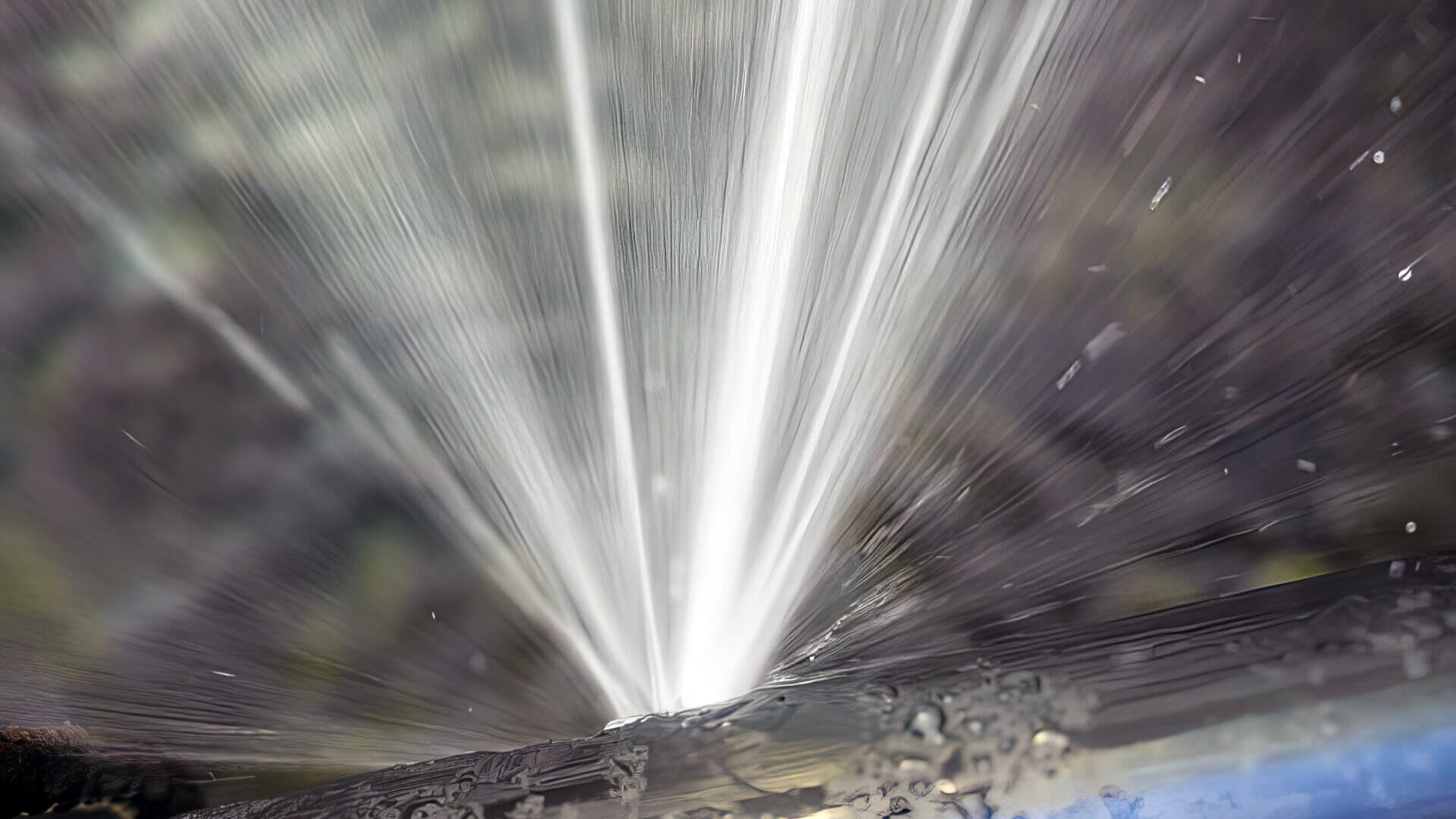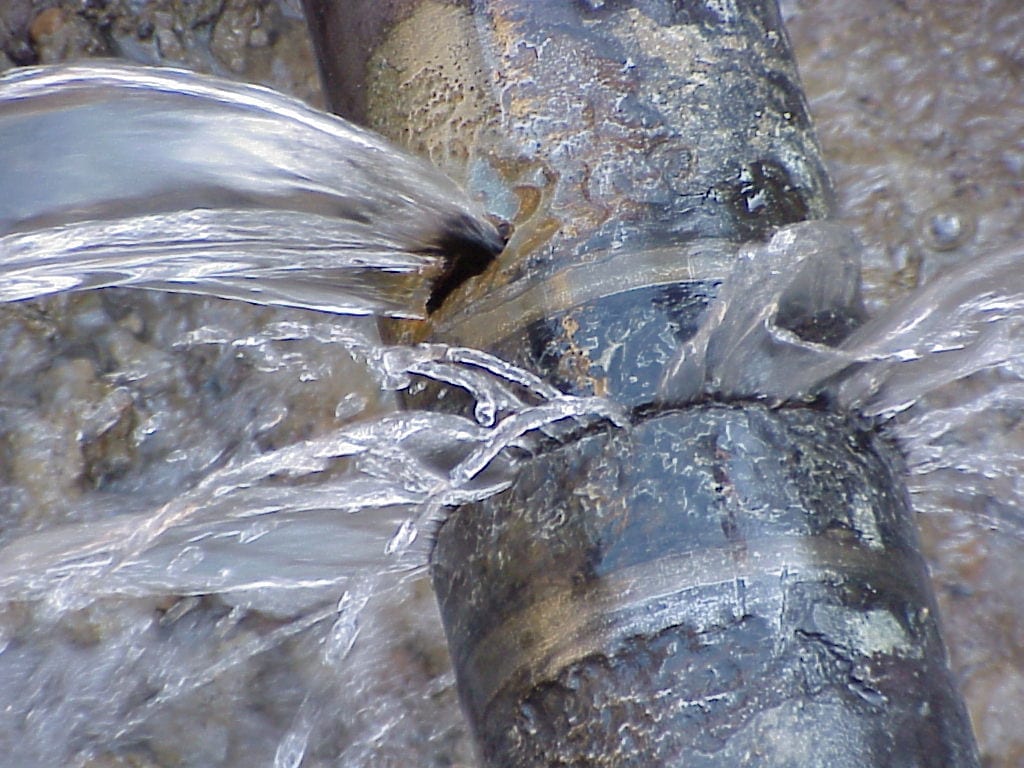Preventing Burst Water Lines: Important Tips to Shield Your Plumbing
Protecting against ruptured pipelines is a critical problem for property owners, especially during colder months when the danger of cold is increased. Carrying out critical procedures such as correct insulation, routine evaluations, and keeping constant indoor temperatures can significantly lower the probability of pipe failing.
Understand Pipeline Vulnerabilities
Understanding pipeline vulnerabilities is crucial for efficient plumbing upkeep and preventing costly damages. A number of variables contribute to the sensitivity of pipelines to bursts, consisting of material structure, age, and environmental problems. Older pipes, particularly those made from galvanized steel or polybutylene, usually break down over time, leading to raised threat of ruptures and leakages.
Temperature level variations can also substantially impact pipe integrity. In cooler climates, water entraped in pipelines can ice up, applying and expanding stress on the pipeline wall surfaces, which might ultimately bring about a burst. Additionally, high water pressure can strain pipes, particularly at bends and joints, enhancing the possibility of failure.

Insulate Water Lines Properly
Appropriate insulation of pipes is critical for preventing cold and succeeding ruptureds throughout chilly climate (burst pipe). Shielding your pipes system efficiently safeguards versus temperature drops that can result in costly damage. Begin by determining vulnerable locations where pipelines are subjected to outside temperature levels, such as basements, attics, and exterior walls
Usage foam pipeline insulation sleeves or wrap insulation tape around these areas to offer a safety obstacle. Guarantee that all sections of the pipelines, especially those with restricted warmth direct exposure, obtain appropriate insulation. Pay unique attention to installations and joints, as these are more at risk to freezing.
When shielding, it's important to pick products that fulfill local building regulations and are appropriate for the certain atmosphere. Fiberglass insulation is often advised for its thermal resistance residential properties. Additionally, take into consideration using warmth wires or tape in severe conditions, which can be plugged in to provide supplemental warm
Regularly check insulated pipelines for any kind of signs of wear or damages, as compromised insulation can lessen its performance. By taking these proactive procedures, you dramatically minimize the risk of pipe bursts, ensuring a reputable plumbing system throughout the winter season.
Maintain Constant Temperature Level
A stable indoor temperature level is crucial for preventing ruptured pipelines throughout the freezing months. When temperature levels decline, water within pipelines can freeze, developing and increasing stress that may eventually trigger the pipes to ruptured.Using a programmable thermostat can help manage interior temperature levels successfully, guaranteeing that rooms with pipes remain cozy also when the house is empty.
This pop over to these guys small flow of water can avoid freezing by easing stress within the pipelines. By executing these strategies, home owners can significantly decrease the danger of pipeline bursts and secure their plumbing systems versus the extreme winter season elements.
Regularly Inspect Pipes
Routine examinations of plumbing systems are essential for protecting against burst pipes and keeping overall home stability. Throughout these examinations, it is vital to check out noticeable pipes for indications of deterioration, leakages, or wear.
Furthermore, checking joints and links is important, as these points are usually prone to leaks. Homeowners should additionally examine visit the website water stress degrees, as too much stress can stress the pipes system and boost the threat of pipe ruptureds.
Think about organizing expert plumbing inspections at least once a year, especially before winter season, to ensure your system is prepared for cooler temperature levels. By being positive in your method, you can safeguard your home versus the disruptive and costly repercussions of burst pipelines.
Know Emergency Situation Procedures
Understanding emergency procedures is essential for every single homeowner, particularly after carrying out normal pipes examinations. Being planned for a pipes emergency can dramatically alleviate damage and conserve costs. Initially, find your main water shut-off shutoff; it is usually found near the water meter or where the major line enters your home. Acquaint yourself with its procedure, as turning off the water swiftly can avoid considerable flooding.
Following, maintain important devices helpful. A pipes emergency package should consist of a wrench, bettor, and towels, in addition to a flashlight and a pail for small leaks. Furthermore, think about having the contact details for a trusted plumbing technician conveniently available, should the situation escalate beyond your control.
If you discover a leakage or burst pipe, promptly transform off the water system and inform your plumbing professional. Record the damages with photos for insurance policy purposes. Recognize the signs of potential pipes issues, such as uncommon water pressure changes or damp areas on walls
Ultimately, positive knowledge and speedy activity are critical in taking care Learn More Here of pipes emergencies, ensuring your home stays safeguarded and decreasing prospective damages.

Conclusion
In conclusion, avoiding burst pipes requires a complex strategy that includes understanding pipeline susceptabilities, proper insulation, preserving regular interior temperatures, routine examinations, and knowledge of emergency situation treatments. By applying these important methods, the threat of plumbing failures can be dramatically lowered, thereby making sure the long life and effectiveness of the plumbing system. Proactive measures not only secure versus possible damage but likewise add to total water preservation and the protection of residential property.
In cooler environments, water trapped in pipes can freeze, exerting and expanding pressure on the pipe walls, which may ultimately lead to a burst. When temperatures decrease, water within pipes can freeze, broadening and producing stress that might eventually trigger the pipelines to burst. By applying these strategies, homeowners can considerably decrease the risk of pipe ruptureds and protect their plumbing systems versus the harsh winter season elements.
